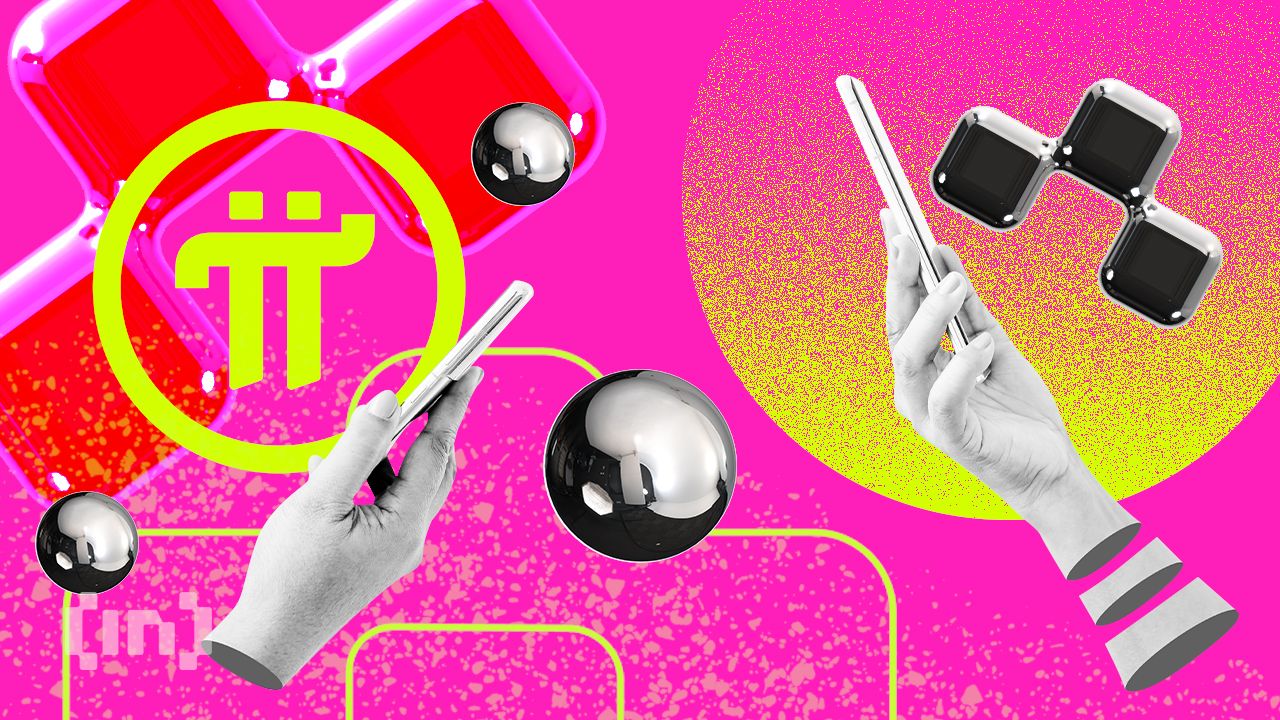
The Pi Network is set to launch its Open Network (mainnet) on February 20, 2025, sparking substantial speculation regarding the potential price of its listing. This event is emerging as one of the most eagerly awaited launches in the world of cryptocurrency.
As the moment of the mainnet launch approaches, let’s explore the five crucial facts about the Pi Network that every investor should familiarize themselves with.
Understanding Pi Coin Tokenomics
The overall supply of Pi is capped at 100 billion tokens, distributed in the following manner:
- Mining Rewards (65%): About 65 billion Pi are reserved for incentivizing users who actively engage with the network through mobile mining, referrals, and node operation.
- Ecosystem Development (10%): Approximately 10 billion Pi are allocated to bolster community projects, support the creation of decentralized applications (dApps), and enhance the overall ecosystem.
- Liquidity Pool (5%): Roughly 5 billion Pi are designated to maintain liquidity for transactions within the Pi ecosystem.
- Core Team Compensation (20%): The remaining 20 billion Pi are assigned to the Pi Core Team, compensating them for their developmental work and the ongoing maintenance of the network. This allotment is scheduled to vest in alignment with community token distribution.
As the Pi Network’s mainnet launch approaches, the Pi Core Team has not yet revealed the specific number of tokens that will be unlocked at that time.
By December 2024, approximately 562 million Pi coins had been unlocked and were available in circulation.
Many Pioneers (individuals who mine Pi via the mobile application) have chosen to lock away their tokens for prolonged durations, with some even committing to a three-year lock-up.
Data Leak Allegation Against Pi Network
In May 2021, reports surfaced regarding a substantial data leak that compromised approximately 17 gigabytes of personal data belonging to around 10,000 citizens of Vietnam. This data breach exposed sensitive information including identity card numbers, residential addresses, phone numbers, and email contacts.
The individual behind the leak asserted that the data originated from Pi Network. However, the project has denied these claims.
According to Pi Network, a third-party service, Yoti, was responsible for conducting KYC procedures. Yoti maintains that Vietnamese identity cards were not stored on their servers.
“Pi Network and its KYC partner have no connection to the recent alleged data breach involving Vietnamese national IDs. Pi Network has never collected such information, and our KYC provider does not handle this type of documentation,” the project stated in 2021.
An internal review by Pi Network found no evidence to support a data breach on their part, and Yoti similarly denied any involvement in the incident.
Allegations of Pyramid Scheme Involvement
Pi Network has come under intense scrutiny in China, with accusations suggesting it functions as a multi-level marketing (MLM) or pyramid scheme. The platform features a referral-based mechanism that allows users to boost their mining rates by recruiting others.
In July 2023, the Public Security Bureau of Hengyang City, Hunan Province, identified Pi Coin as a scam. They pointed to the platform’s hierarchical invitation framework, which creates layers of participants, allowing recruiters to profit from new members.
“PI Network is not linked to the legitimate project and is likely to collapse soon. Caution is advised as there are attempts to create a meta from the Pi Network 2025 brand,” analyst MASTR noted on X (formerly Twitter).
The operational model exhibits characteristics synonymous with pyramid schemes, which are prohibited under Chinese legislation. Industry figures like Colin Wu and AB Kuai.Dong have raised concerns about the legal implications of engaging with Pi Network in China.
In response to these allegations, Pi Network has placed restrictions on trading Pi coin in certain areas, including mainland China. Exchanges like OKX have acknowledged that Pi Network requested a specialized listing approach.
“PI stands as the largest pyramid scheme within the Chinese-speaking domain. With the ability to mine via mobile phones, the entry threshold is minimal. As user numbers grow, mining rewards will start to diminish. However, this poses risks linked to pyramid schemes and gambling, evident in numerous police cases,” commented AB Kuai.Dong.
Pi Network: A Leading Crypto Project
Despite delays leading up to the mainnet launch, Pi Network ranks as the fifth most followed cryptocurrency project on X (formerly Twitter), boasting 3.7 million followers—outpacing Ethereum, Solana, and other major blockchain platforms.
Additonally, it ranks among the most sought-after crypto applications in South Korea and India, with over 100 million downloads recorded on the Google Play Store.
Expected Launch Price of Pi Coin
Pi Network’s OTC (over-the-counter) trading price is currently $2 per Pi token, indicating informal peer-to-peer transactions conducted outside of exchange platforms.
In contrast, the current IOU (I owe you) price hovers around $64. IOUs represent speculative valuations on exchanges like HTX (formerly Huobi), where traders predict future pricing prior to the Pi coin becoming tradable.
Importantly, Pi Network has amassed over 45 million active users, rendering it one of the largest crypto communities. Trends in social media engagement and search activity illustrate a robust interest among retail investors.
Presently, a significant portion of Pi tokens is locked due to voluntary user-led lock-up durations. Considering these dynamics, analysts at BeInCrypto project that the Pi coin will trade between $30 and $50 at the time of the mainnet launch.
Disclaimer
In accordance with the Trust Project guidelines, BeInCrypto is dedicated to providing fair and transparent news coverage. The information in this article aims to deliver accurate and timely insights. However, we advise readers to independently verify details and consult a qualified professional before making any investment decisions based on this content. Please note that our Terms and Conditions, Privacy Policy, and Disclaimers have been updated.









